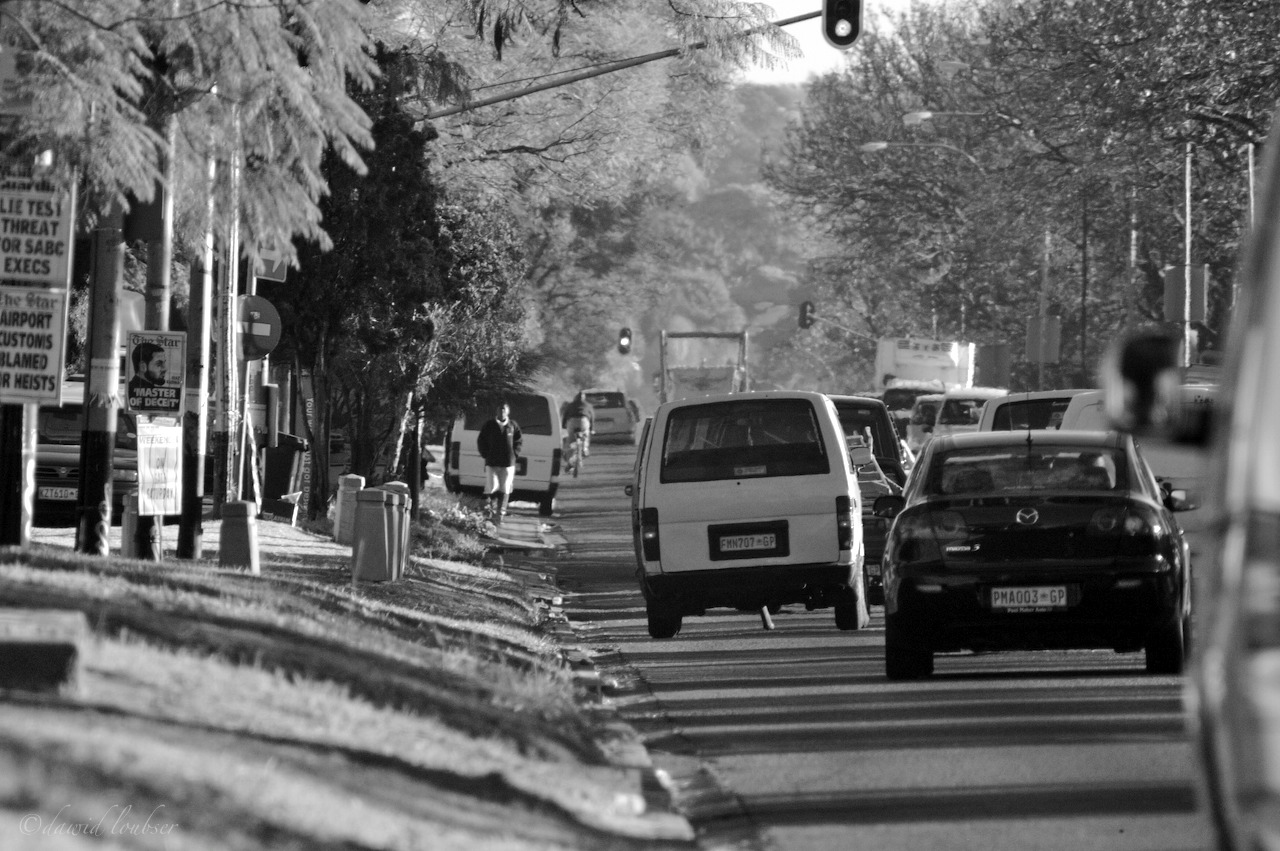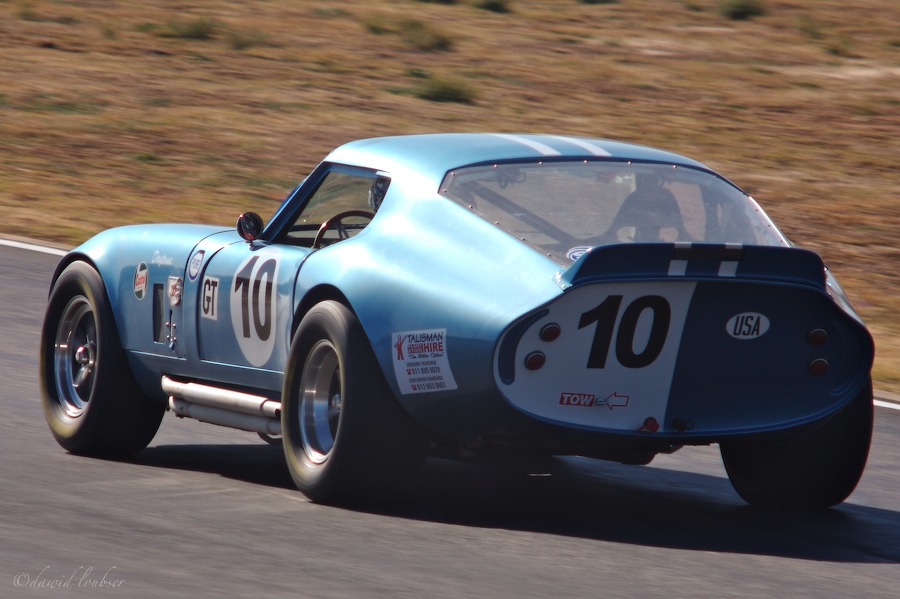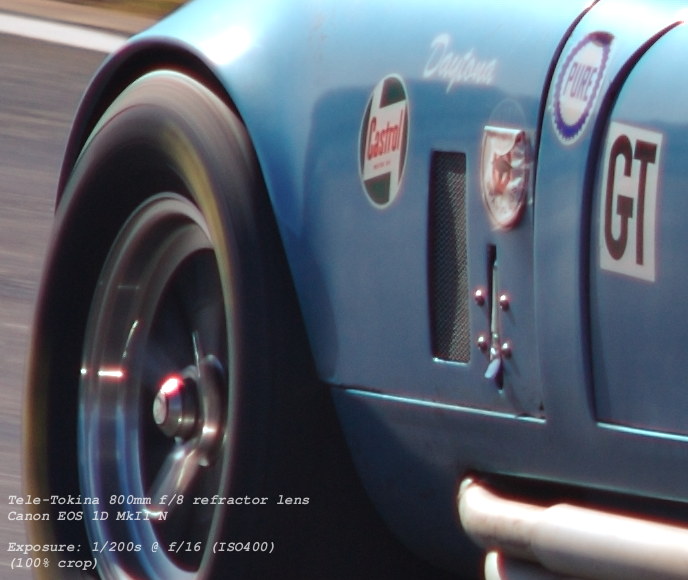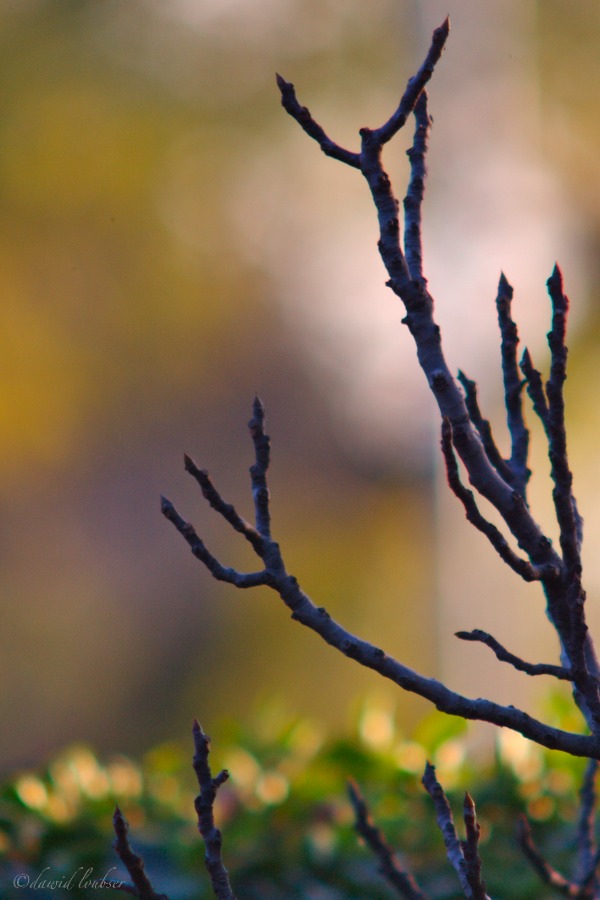Dawid Loubser
Member
For the price of a decent pair of shoes, I purchased a second-hand Tokina 800mm f/8 lens. Apart from a few very exotic and expensive lenses, this is about as long a lens (with regards to focal-length) as can be found for an SLR camera.
I've only spent an hour or two with it, but here are my impressions:
If you are used to Canon L-series telephoto lenses, it is quite an adjustment with its manual focus [difficult to track moving objects!], manual aperture [no wide-open metering!] and of course, no goodies like image stabilisation. A great deal more care needs to be put into each shot you make.
Even though the view through the viewfinder was much brighter than what I had expected for an f/8 lens (mounted on my Canon 1D MkIIN) this is, of course, mostly a daytime lens.
The build quality on this lens was just fantastic - I don't think any lens easily betters a white Canon L, but this is certainly no worse. And the controls, however, have a decidedly more "solid metal" and industrial feel to it, and in my copy, everything still moves smoothly and well-damped - quite perfect, actually. It has a large screw-on metal lens hood, and the general fit and finish really surpised me - I had gotten too used to "modern" (read: plastic) lenses. I found it lighter than expected.
I have to rave about this lens' aperture diaphragm: It has 15 blades, and is a thing of mechanical beauty. This lens appears to have perfect bokeh.
A problem I've had with other (old) screw-mount lenses is that the reflections off the digital sensor wreck havoc with your image: it looks great through the viewfinder, but once the mirror swings up, your image is a hazy, flare-ridden mess. This lens does not seem to exhibit this problem at all (the rear element seems to be coated, and seems curved).
I've not done any 'proper' optical testing or pixel-peeping, but I don't really care. From the one semi-decent image I've made with it so far, it seems to exhibit good enough sharpness wide open, decent contrast and colour, but above all, a character which I look forward to exploiting - this is a snapshot of the street scene this morning in northern Johannesburg (and I can honestly say, no intent or care went into making this photograph, the lens was too difficult to hand-hold to compose properly) but I really like what I see. Keep in mind, at 800mm, this scene is more than 500m away from me (sorry if the image is too large, but anything less makes it difficult to judge a lens' character). I find that monochrome suits the character of old lenses well (nostalgia?):

Fine-tuning focus is really difficult, and though I did try with Canon's excellent split-prism focus screen installed, this was not of much use, as f/8 is not enough for that screen. You could still use it to accurately line up edges, but the split prism quadrants go too dark (they interfere with composition and light metering)
I don't know if this will make pin-sharp images, but the above (taken at max aperture) seems pretty decent to me, and I find wildlife photography dull in anyway (where technical superiority is usually very important). For the type of photography I do, this lens looks like it'll suit me to the "T", and at 1/100 the cost of a new Canon EF 600mm L.
What a joy!
I've only spent an hour or two with it, but here are my impressions:
If you are used to Canon L-series telephoto lenses, it is quite an adjustment with its manual focus [difficult to track moving objects!], manual aperture [no wide-open metering!] and of course, no goodies like image stabilisation. A great deal more care needs to be put into each shot you make.
Even though the view through the viewfinder was much brighter than what I had expected for an f/8 lens (mounted on my Canon 1D MkIIN) this is, of course, mostly a daytime lens.
The build quality on this lens was just fantastic - I don't think any lens easily betters a white Canon L, but this is certainly no worse. And the controls, however, have a decidedly more "solid metal" and industrial feel to it, and in my copy, everything still moves smoothly and well-damped - quite perfect, actually. It has a large screw-on metal lens hood, and the general fit and finish really surpised me - I had gotten too used to "modern" (read: plastic) lenses. I found it lighter than expected.
I have to rave about this lens' aperture diaphragm: It has 15 blades, and is a thing of mechanical beauty. This lens appears to have perfect bokeh.
A problem I've had with other (old) screw-mount lenses is that the reflections off the digital sensor wreck havoc with your image: it looks great through the viewfinder, but once the mirror swings up, your image is a hazy, flare-ridden mess. This lens does not seem to exhibit this problem at all (the rear element seems to be coated, and seems curved).
I've not done any 'proper' optical testing or pixel-peeping, but I don't really care. From the one semi-decent image I've made with it so far, it seems to exhibit good enough sharpness wide open, decent contrast and colour, but above all, a character which I look forward to exploiting - this is a snapshot of the street scene this morning in northern Johannesburg (and I can honestly say, no intent or care went into making this photograph, the lens was too difficult to hand-hold to compose properly) but I really like what I see. Keep in mind, at 800mm, this scene is more than 500m away from me (sorry if the image is too large, but anything less makes it difficult to judge a lens' character). I find that monochrome suits the character of old lenses well (nostalgia?):

Fine-tuning focus is really difficult, and though I did try with Canon's excellent split-prism focus screen installed, this was not of much use, as f/8 is not enough for that screen. You could still use it to accurately line up edges, but the split prism quadrants go too dark (they interfere with composition and light metering)
I don't know if this will make pin-sharp images, but the above (taken at max aperture) seems pretty decent to me, and I find wildlife photography dull in anyway (where technical superiority is usually very important). For the type of photography I do, this lens looks like it'll suit me to the "T", and at 1/100 the cost of a new Canon EF 600mm L.
What a joy!






